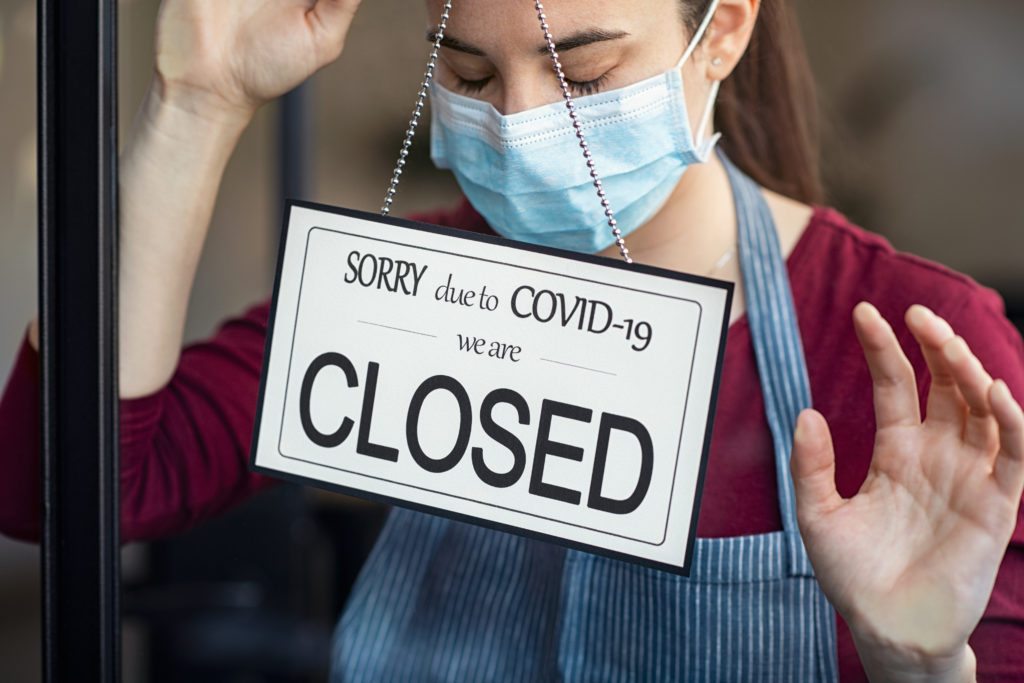
Texas Border Business
AUSTIN – The NFIB Optimism Index increased 1.4 points in August to 100.2, a reading slightly above the historical 46-year average. Seven of the 10 Index components improved, two declined, and one was unchanged. The NFIB Uncertainty Index increased two points in August to 90, the second-highest reading since 2017.
“Small businesses are working hard to recover from the state shutdowns and effects of COVID-19,” said NFIB Chief Economist Bill Dunkelberg. “We are seeing areas of improvement in the small business economy, as job openings and plans to hire are increasing, but many small businesses are still struggling and are uncertain about what the future will hold.”
State-specific data is unavailable, but NFIB State Director Annie Spilman said, “Governor Abbott’s decision on Monday to renew the state’s COVID-19 disaster declaration just confirms what our members already knew, which is that we’re looking at a long, difficult recovery, but our members are determined to get through this, and we’re hopeful the worst is behind us.”
Our members are hopeful the worst is behind us and that Illinois’ economy will continue to improve, but they are infuriated at state politicians for pushing for a tax hike in November.”
The NFIB Uncertainty Index rose two points in August to 90, the second-highest reading since March 2017. The record reading of 100 was reached in November 2016.
Other key findings include:
- Earnings trends over the past three months improved seven points to a net negative 25% reporting higher earnings.
- Job openings increased three points to 33% of firms with at least one unfilled position.
- The percent of owners thinking it’s a good time to expand increased one point to 12%.
- Real sales expectations in the next three months decreased two points to a net 3%.
As reported in NFIB’s monthly jobs report, job creation plans increased three points to a net 21%, an unprecedented recovery from April’s reading of 1%. Construction job growth continues to be strong but owners in the sector are having a particularly hard time finding skilled employees. The manufacturing sector’s employment remained strong but not as strong as seen in previous months. The service sector is the missing link and the key to stronger job growth going forward.
Forty-seven percent of owners reported capital outlays in the last six months, down 2 points from July and 16 points below January’s level. The low levels of investment are contributing to low GDP growth. Twenty-six percent plan capital outlays in the next few months, unchanged from July’s reading.
Of those making expenditures, 34% reported spending on new equipment, 21% acquired vehicles, and 12% improved or expanded facilities. Six percent acquired new buildings or land for expansion and 9% spent money for new fixtures and furniture.
A net negative 15% of all owners reported higher nominal sales in the past three months, up 13 points from July. The net percent of owners expecting higher real sales volumes decreased 2 points to a net 3% of owners.
The net percent of owners reporting inventory increases improved two points to a net negative 9%. It’s hard to reduce inventory for small businesses when there are few or no customers. The net percent of owners viewing current inventory stocks as “too low” increased two points to 3%. The net percent of owners planning to expand inventory holdings increased from July by two points to a net 6%.
The net percent of owners raising average selling prices rose three points to a net 1% seasonally adjusted. Sixteen percent reported lower average selling prices and 16% reported higher average prices.
Price hikes were the most frequent in wholesale (24% higher, 22% lower). Price cuts were the most frequent in retail (11% higher, 24% lower). Seasonally adjusted, a net 16% plan price hikes.
Seasonally adjusted, a net 18% reported raising compensation. The percent of owners raising compensation remains well below the 36% reading in February before COVID-19 policies were implemented. A net 14% plan to do so in the coming months and 9% cited labor costs as their top problem.
Twenty-one percent of owners selected “finding qualified labor” as their top business problem, with 41% in construction where the unavailability of qualified workers is slowing new home production.
The frequency of reports of positive profit trends rose 7 points to a net negative 25% reporting quarter on quarter profit improvement. Among owners reporting weaker profits, 55% blamed weak sales, 8% cited price changes, 4% cited material costs, and 3% cited labor costs. For owners reporting higher profits, 65% credited sales volumes.
Three percent of owners reported that all their borrowing needs were not satisfied. Thirty-one percent reported all credit needs were met and 53% said they were not interested in a loan. A net 1% reported their last loan was harder to get than in previous attempts.
Two percent of owners reported that financing was their top business problem. The net percent of owners reporting paying a higher rate on their most recent loan was negative 5%.
Click here to view the NFIB Small Business Economic Trends Survey.















